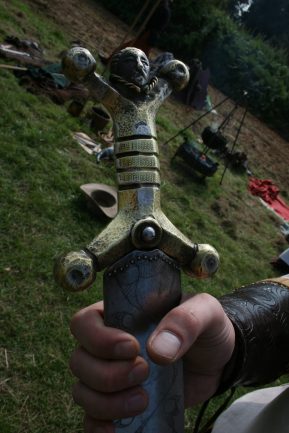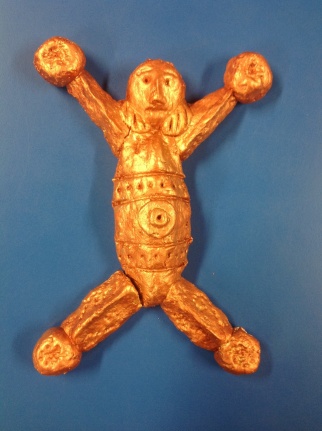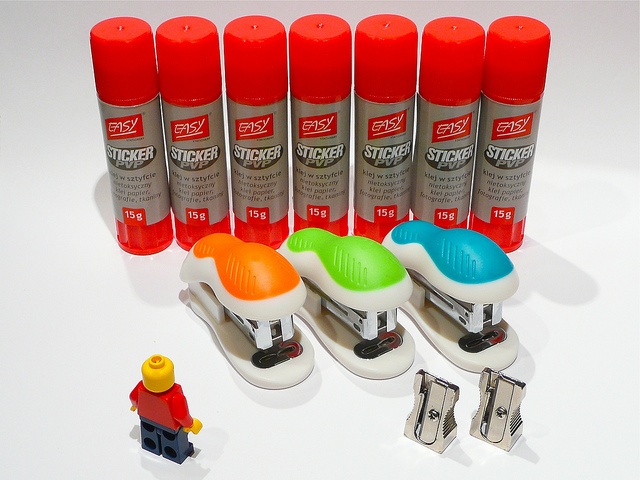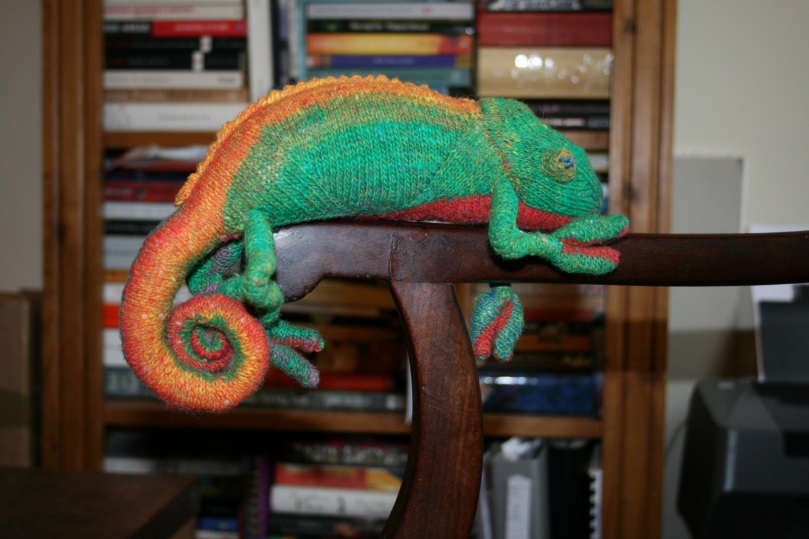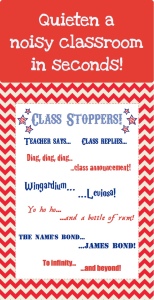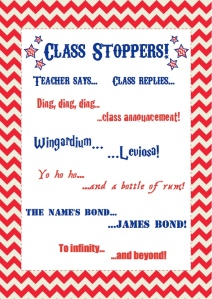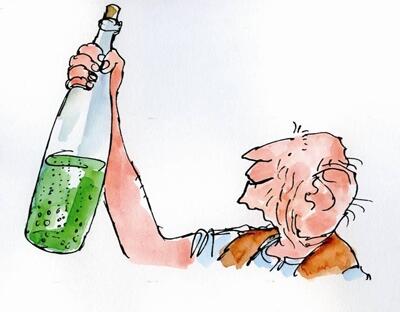Our author focus this half term is Julia Donaldson, so OF COURSE we are loving all things Gruffalo in our classroom.
I’ve drawn an enormous Gruff to go up in our reading corner, and had the kids collage him with brown sugar paper and tissue. My Year Ones did a marvellous job: they only knocked a pot full of PVA onto the classroom carpet once, and they mostly remembered that the collage bits were supposed to be stuck on the actual drawing. (I wish I had taken a photo of the state of him directly after the kids had gone home, before my colleague and I tidied him up a bit…!)
Anyway, he’s almost done now – I used poster paint to give him a bit of definition, and added some teeth and tusks and claws. (His feet and his tail aren’t quite done, as by the time I got to this point it was 6pm on Friday evening, my stomach was practically eating itself, and the pub was serenading me with its very best siren song.) He’s a bit wonky, but he’s recognisable, so I’m trying not to get all type-A about it…
Our TA found some lovely foam Gruffalo & Mouse masks in a cheapo shop, which we’re planning to use rather cheekily as templates so that the kids can all make their own to take home. The ‘proper’ ones will then be made up and added to our reading corner for role play.
Some gorgeous Gruffalo stuffalo on Pinterest:
- Favourite Character Pictogram
I love this simple idea for getting a cross-curricular English/Maths display up on a Working Wall. Definitely going to give this one a bash next week!
2. Gruffalo Puppet Spoons
These look quick and simple to make – far less faff than stitching together a load of felt puppets, which was what I had thought about doing. I am going to start keeping my eye out for wooden utensils in charity shops…
3. Gruffalo Classroom Area
This is seriously amazing. I love the miniature story world – could get the kids to scavenge materials to build that during a nature walk. And how clever to use one of those mini Christmas trees, undecorated!
4. Gruffalo Prickles Motor Skills
Always looking for interesting motor skills ideas for mini activities… This is a lovely one which would take mere minutes to prepare.
5. Gruffalo Shape Animals
Lots of scope here for some cross-curricular Maths / English work. I’ll be doing this one, too!
Do you have any good ideas for Gruff displays, or for using the Gruffalo in other areas of learning?








